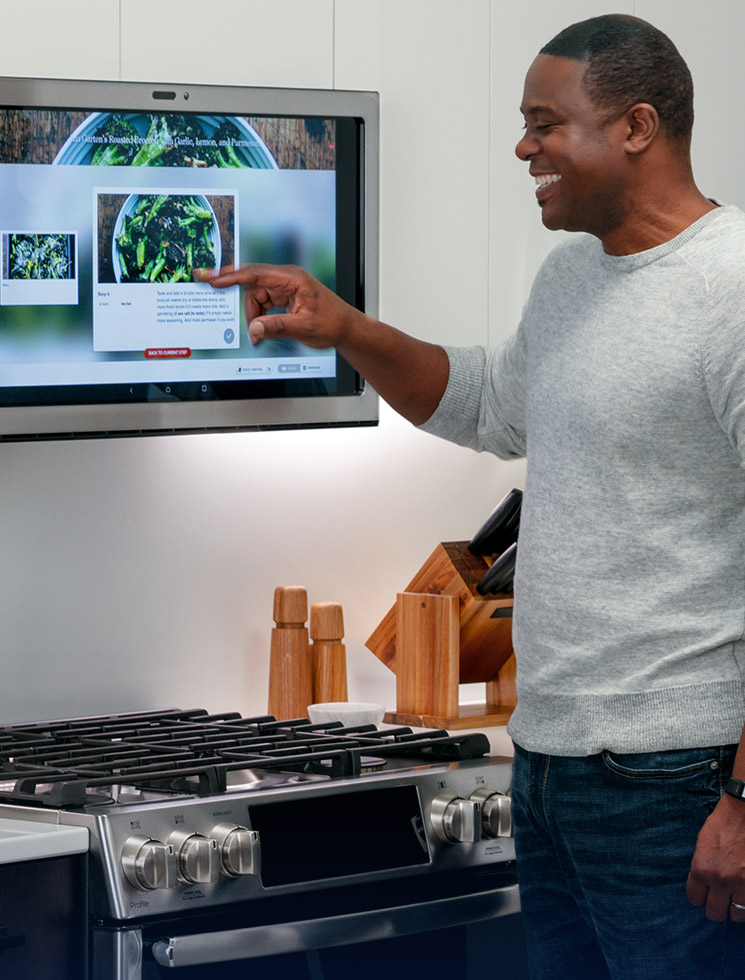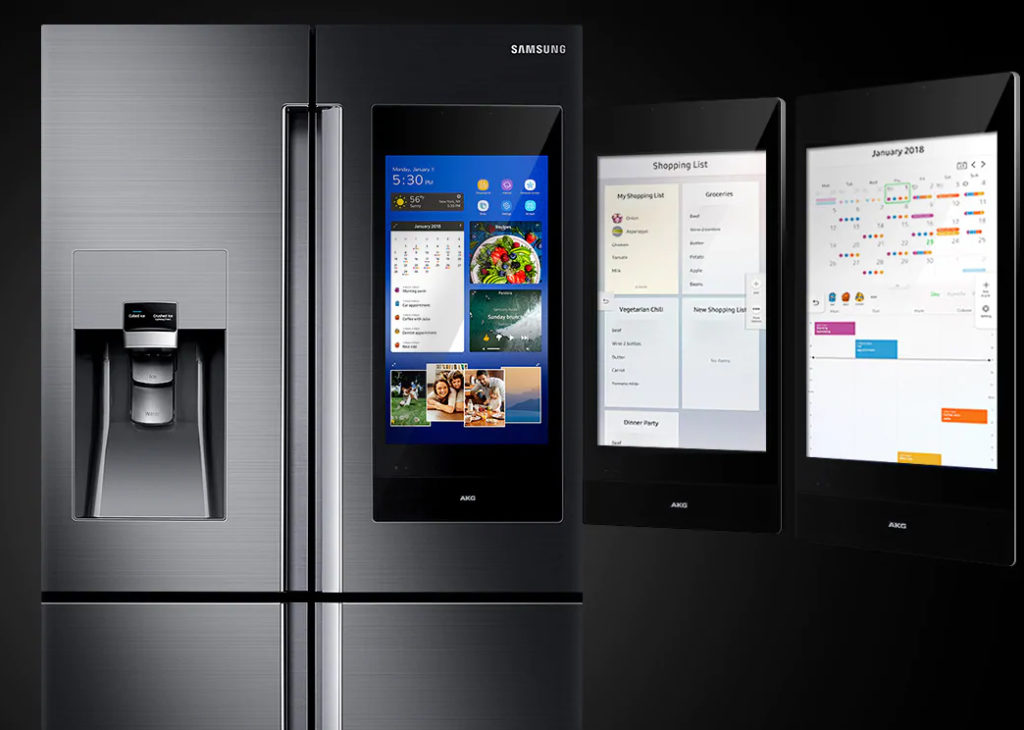As a group, we marketers have a bad habit that needs to be stopped. We take an idea, phrase or word that we think has meaning to consumers, then repeat it ad nauseum until it is utterly meaningless.
Previous examples of terms we have mercilessly beaten into the ground include: “new and improved,” “innovative,” and “efficient.” We have a new term to add to the list of over-used clichés.
“Smart.”
This comes on the heels of the 2019 Consumer Electronics Show (CES), from which we just returned. At the show, we saw how the latest whiz-bang technology is becoming ubiquitous in the home. Every company is finding new ways to shoehorn digital, “smart” technology into their products.
.
One is tempted to make the joke that you can’t visit the bathroom without coming across a touch screen or a circuit board. But it’s not a joke. It’s true.
Far too often, it seems, manufacturers of home and building products are cramming technology into their products for technology’s own sake. Terrified of being left behind, they’re trying to keep up with the Joneses. Or, more accurately, the Samsungs.
GE, for example, introduced their Kitchen Hub, a vent hood with a 27-inch touch screen bolted onto it. It connects to other home-automation devices and allows people to enjoy on-screen entertainment while in the kitchen.
It also allows the user to view recipes, chat with friends, and even share photos of their meals as they’re being cooked.
Not to be outdone, Whirlpool unveiled their Connected Hub Wall Oven at CES. This slick appliance promises to help families figure out what’s for dinner by making suggestions based on their preferences. It then uses augmented reality to help them monitor and manage the cooking process.
It also has a few other nice features.
Finally, Samsung, the de facto leaders in the home hub category (maybe we should add “hub” to the list of over-used words), has enhanced its line of Family Hub refrigerators. The touch-screen iceboxes have new capabilities designed to help families stay connected.
The capabilities of the above-mentioned appliances range from somewhat helpful to downright ridiculous. We seriously doubt, for example, that homeowners will be keen on watching movies through the steam rising from their boiling pasta.
But even the better features seem like answers to the questions nobody asked. The digital arms race is pushing companies to build more and more technology into their products, without regard to whether it fits into people’s lives or solves real-world problems.
To be fair, CES had plenty of examples of products that used technology to present a viable, elegant solution to a real problem. Products like smart (there it is again) home security cameras and Alexa-enabled dimmer switches.
Those products, it seems, started with the consumer problem, and asked how technology could solve it.
Like we said last year, technology is becoming more integrated into the home… making CES an important place for brands to show off what their products can do. However, exhibitors need to be careful not to put the technology first and the consumer problem second because that’s not smart at all.








